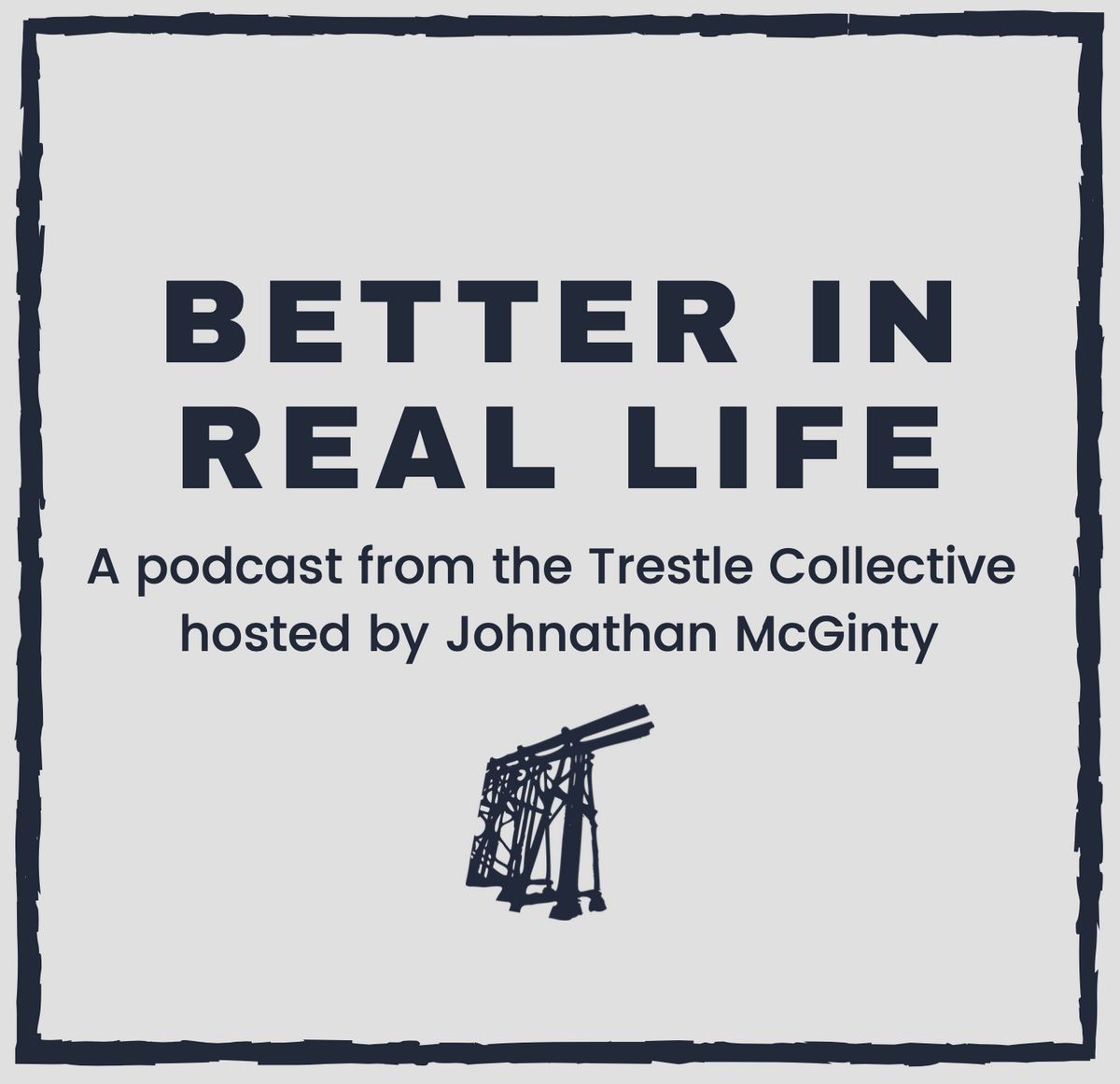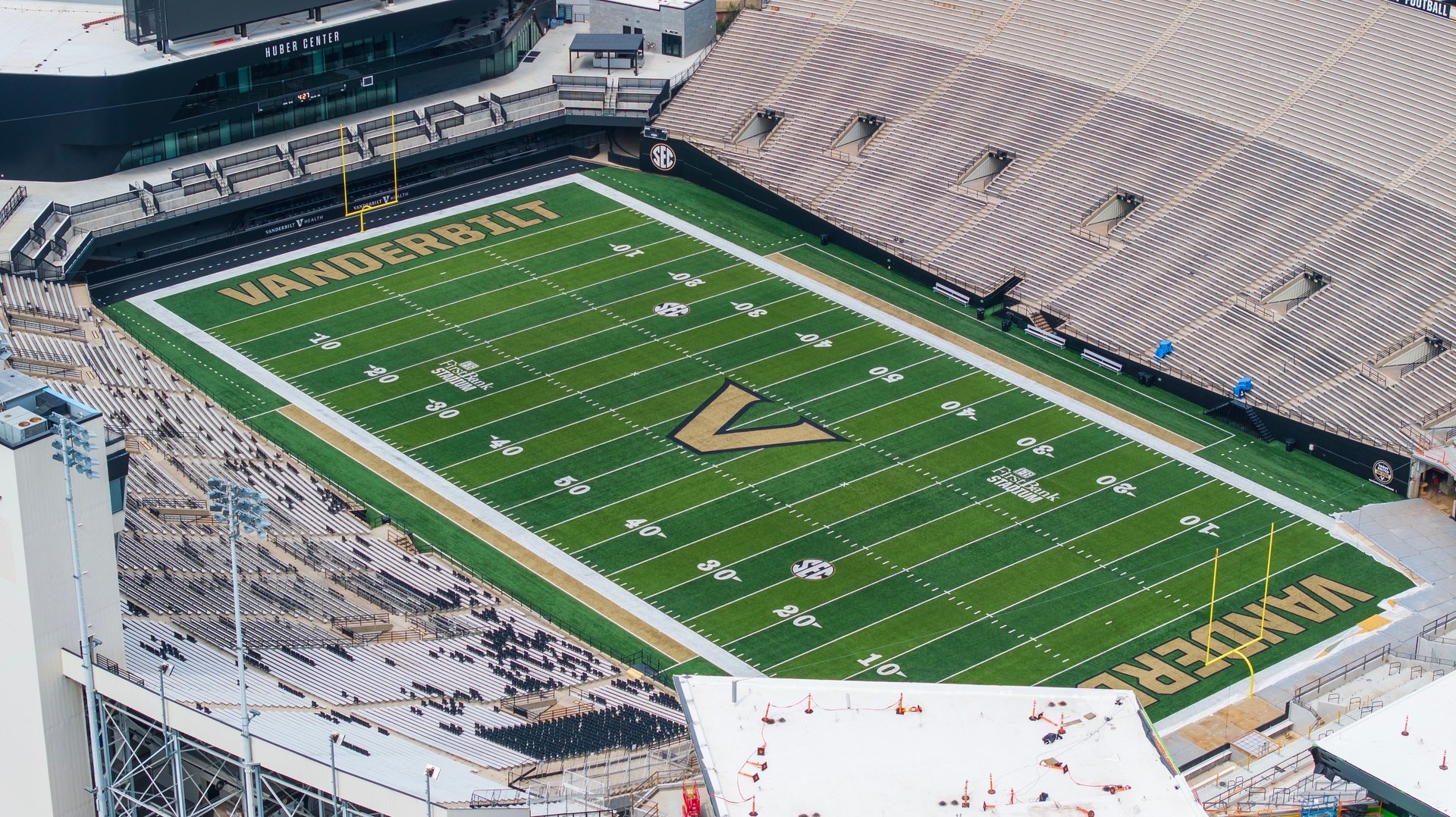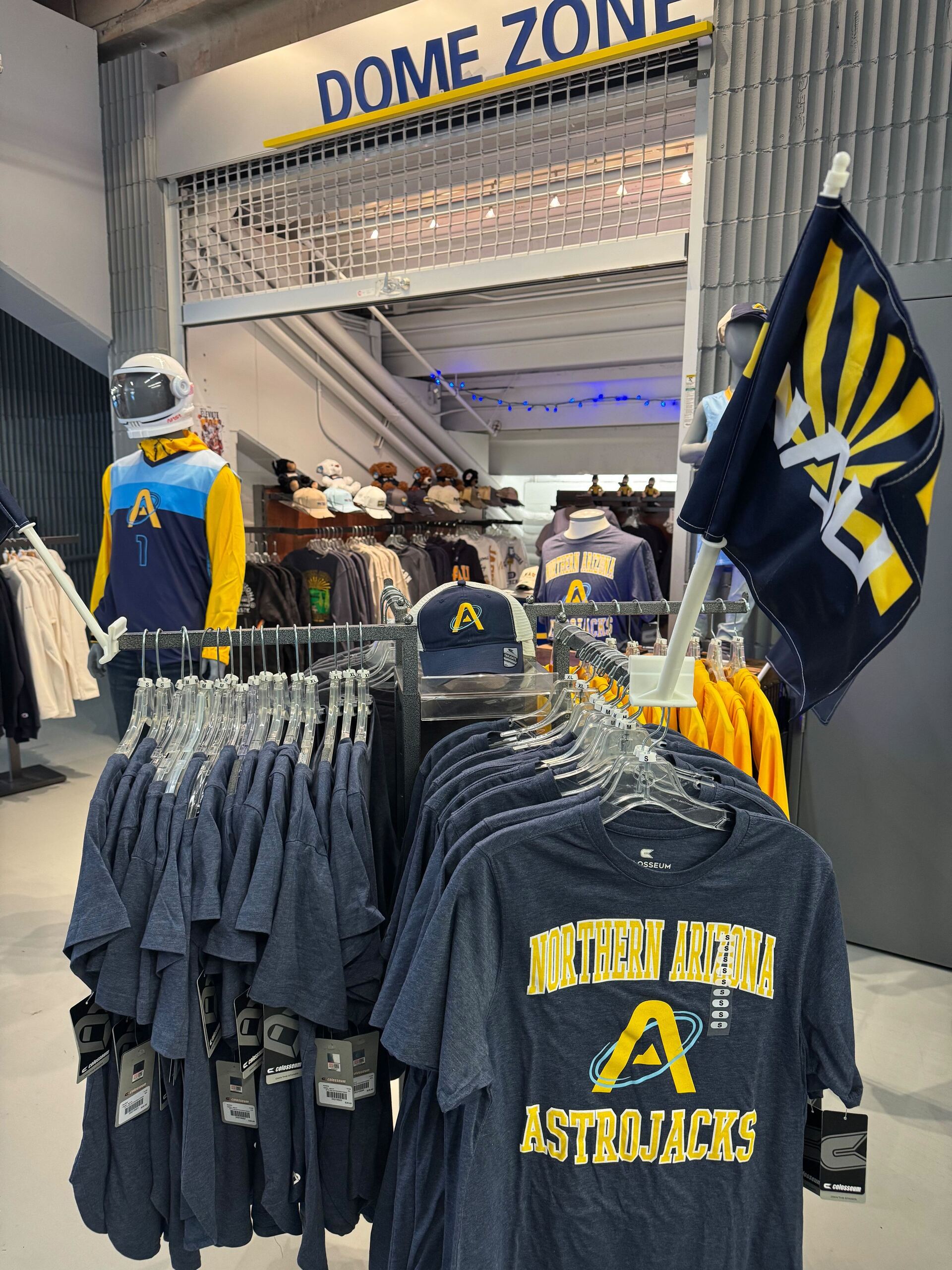Good morning, and thanks for spending part of your day with Extra Points.
This week's Extra Points is sponsored by Trestle Collective.
The Trestle Collective, a full-service public relations and storytelling shop, is pleased to sponsor Extra Points. Like you, we're big fans, and, if you're game, check out our own podcast, Better In Real Life.Ever think some of the folks you kinda know seem to be way more interesting than you? BIRL catches up with them, learning all about the cool things they're working on.

First, a quick announcement. When I launched Extra Points, I didn't expect to do almost all of it from my basement, but thanks to COVID, that's been pretty unavoidable. I am tentatively planning on speaking at a few conferences and events later this year, but I haven't actually gone to a game since I've launched. I haven't even set foot on a campus outside Chicagoland yet. I hope to change that soon!
It gets trickier to plan road trips when you're the guy writing all the checks, but I really would like to go to see UConn at UMass live and in person this weekend. So much of this newsletter focuses on what athletic departments hope to achieve with their athletic programs...what the "front porch" of a university actually looks like, and how success can look very different from school to school. I can't think of a college football game that better illustrates that principle than this titanic clash in Amherst.
I am tentatively planning on flying into Hartford on Friday, driving up to the game on Saturday, and flying back to Chicago on Sunday. If you're in the Western MA/Hartford and want to chat, please let me know, as I'm going to try and squeeze in some interviews/campus visits if I can. And hey, if you're planning on going to the game, I'd love to say hello.
If this trip doesn't work out, hopefully, there will be other ones. I'm very open to suggestions as to the next place I should try to go! I'm at [email protected]
Taking Extra Points on the road isn't free. If you enjoy this newsletter and want to support its growth, please consider a paid subscription:
Subscription revenue pays for stuff like freelancers, FOIA fees, database access, travel, Mountain Dew Rise Energy Drinks, and more.
When Texas and Oklahoma left the Big 12 for the SEC, it was easy to see a major reason why. Everybody was going to make a ton more money. Texas and Oklahoma bring two of the biggest brands in all college sports, which means big TV markets, big steaming audiences, big sponsorship opportunities, and big everything else. You don't need to teach a Harvard Business School to realize that the addition of these two power programs would increase revenues for everybody in the SEC.
But the financial incentives behind other conference realignment decisions are not always so crystal clear. Message boards and Twitter feeds across college sports internet are debating the merits of say, the American adding UAB, Charlotte, UTSA, or a slew of other schools.
How does anybody decide which programs would improve media rights valuation the most? How much does that stuff matter, and how has it changed over the last decade? Is it really all about streaming, or are there other metrics at play?
I wanted to reach out to a few experts to make sure I understood. So I talked to Dennis Deninger, a former ESPN producer and a professor at Syracuse University, Matt Balvanz, the senior vice president of Analytics & Innovation at Navigate, and Dan Girard, Senior Director, Media and Property Partnerships at the Collegiate Sports Management Group.
For one, streaming doesn't matter exactly like you think it might
It's true, more and more consumers are "cutting the cord" and getting rid of their traditional linear cable television packages. All three analysts agreed that over time, streaming audiences would become more and more important, especially for younger consumers. But Balvanz told me that for G5, FCS and I-AAA type programs, the majority of the potential audience is still watching on conventional linear television. A typical ESPN+ broadcast on a G5 or FCS football game, he told me, might only have a few thousand people watch via streaming (the CAA, a really good FCS football league, averaged a little under 5,000 streamers a game). Throw the game on ESPNU or a comparable network, and it could end up with ten times as many viewers.
It's why a league like the Big Sky getting a game on ESPN2, even one late at night, can be a huge deal.
A conference working with a potential broadcast partner to maximize the media revenue would absolutely consider streaming audiences, but Balvanz told me that a program's viewership when they appeared on regular ol' cable would be more important in the short term.
Broadcast network, date, kickoff time, team quality and a bunch of other factors can influence ratings, making it difficult to properly do an apples to apples TV rating comparison across programs. Balvanz told me that a conference would consider multiple other factors, including a school's social media reach, their alumni size, their enrollment, alumni distribution, and more.
Where those fans are doesn't matter as much as you might think
The conventional wisdom used to be that college football programs located in urban areas were more valuable to broadcast partners. That's less true now, according to Deninger, who told me that these days, it doesn't matter nearly as much where fans are located, so long as they actually tune in and remain engaged. After all, FCS and G5 leagues don't have conference TV networks that appear on basic cable packages, like the Big Ten or SEC. There's no inherent bonus to being located near say, Dallas, if you don't have any fans.
Location may still be important, just in other ways. Girard pointed out that selling some ads and sponsorship packages can be easier for leagues in a more concentrated geographic footprint than with a conference that is more spread out. The MAC, for example, is almost exclusively in the Midwest, so potential sponsors and partners know exactly what they're getting. A league with spread out over a massive footprint, like say, the old WAC, might have a harder "story" to tell partners, especially since their audience wouldn't be massive in each market. The NFL is a national brand and can sell nationally. Your favorite mid-major college conference isn't.
Even if streaming is just a small part of the potential audience, it could still be very valuable. It just depends on who is watching.
One advantage that streaming has over linear cable, according to Deninger, is that it's much easier to get more specific information about who is watching. Unlike with Nielsen Ratings, a broadcaster or school can look up exactly how many people are watching an event at a given time. Not only that, but they know exactly how long a specific person watched, and potentially, where that person is located, and other demographic information.
Who watches an event can be as valuable as how many people are watching. Different audiences may be more valuable to different brands, after all. Deninger points out that in terms of sheer size, the NHL has a much smaller audience than many other professional sports leagues in the US. But even though the total audience is smaller, it tends to be much more affluent than fans of say, college football. That means broadcasters can potentially charge a partner a higher rate than they might for a similarly-sized audience.
A tricky thing, right now, can be figuring out what to do with that hyper-specific information. Unlike professional sports teams, smaller college conferences and schools may not have the capacity to build out sponsorship plans built around their streaming audiences, or the capacity to monetize that audience in new ways (i.e by selling them jerseys, hitting them up for donations, etc). Balvanz also reminded me that even if schools hit up consultants and third parties, if those resources helped them sell a few dozen more jerseys to an audience of 4,000 streamers, was it really worth it?
As consumer behaviors change and technology evolves, streaming data and platforms may be even more valuable to smaller college brands...but operationally, not everybody is there yet.
It's worth remembering that media money isn't the only money out there. And money isn't the only factor.
Media rights money is important for everybody, even mid-majors, but nobody is getting a $40 million check from ESPN at this level. Girard reminded me that conferences are also looking at sponsorship, corporate partnership and other revenue streams beyond just broadcast rights, and individual schools need to do the same. He argued in favor of all entities taking a much more integrated and holistic approach to the revenue side.
All three also mentioned that maximization of broadcast revenue isn't the only important factor that might drive realignment decisions. Academics, not just in terms of who has the best ranking on US News, but in terms of actual institutional fit, can be very important, depending on the league. So can geography, shared budget size, shared history, and a desire to save money on travel and other costs. Plain ol' personal relationships matter more than you might think as well.
At the end of the day, whether it's on your TV, your Playstation, your phone or your microwave oven, broadcasters pay college conferences a bunch of money because they think broadcasting their games will get people to watch. In the future, they'll probably increasingly watch on streaming devices, and that audience is monetized differently.
But if you're looking for a big, TL;DR...when all else fails, it's better to have the bigger audience. Where you are, what you might become, what you've won...that's all important, but right this second, what's most important is just how many people really want to watch your games.
As always, if you have questions, story ideas, reform pitches, or anything else, feel free to send it to [email protected]. I'm also on Twitter at @MattBrownEP, and Instagram at @ExtraPointsMB.
Sales inventory for October is almost completely sold out, and I'm already getting questions about November sales inventory. If you'd like to promote your product, service or event on Extra Points and reach an audience of nearly 7,000 subscribers, shoot me a note at [email protected]. Ad packages run as little as $200, and can fit every budget and campaign goal.

















